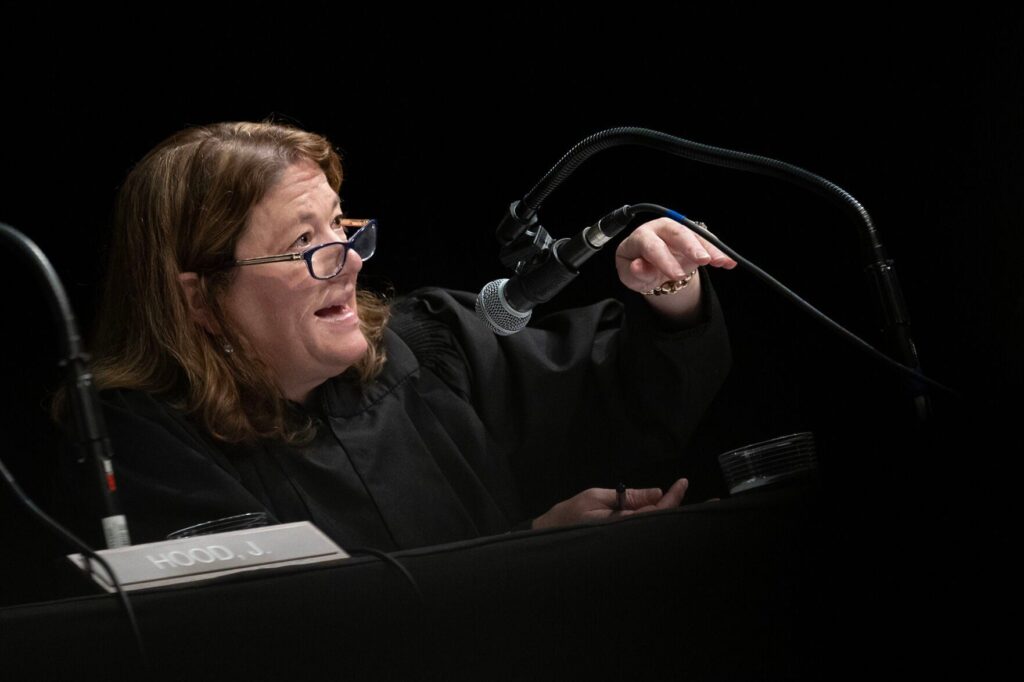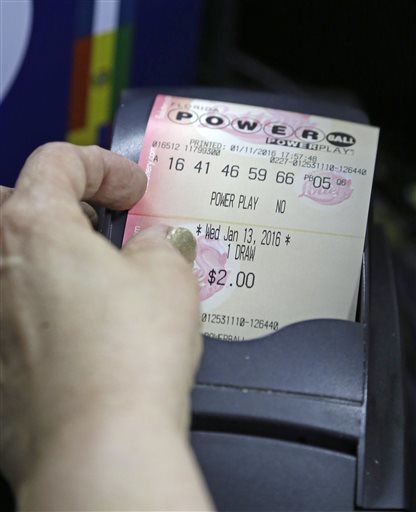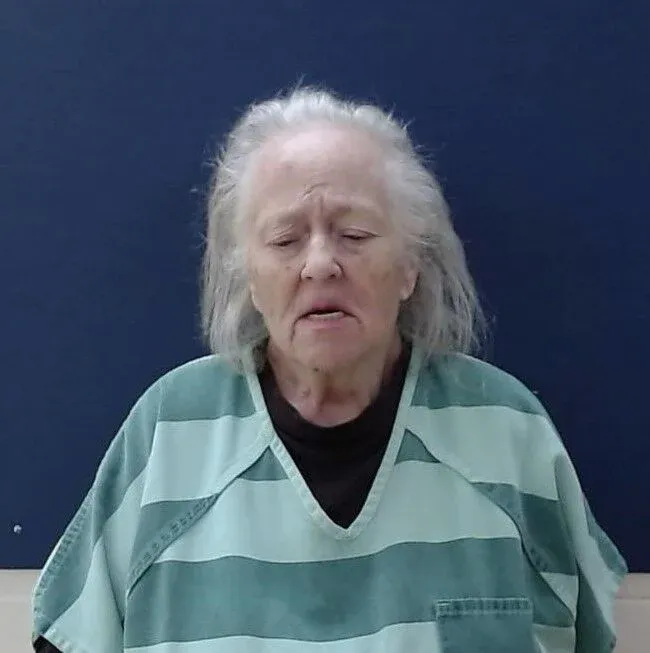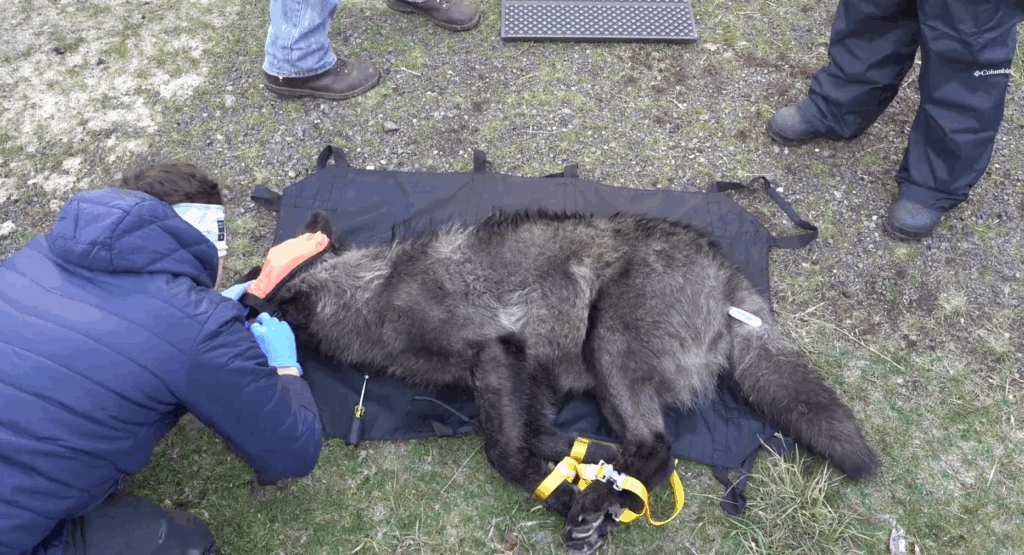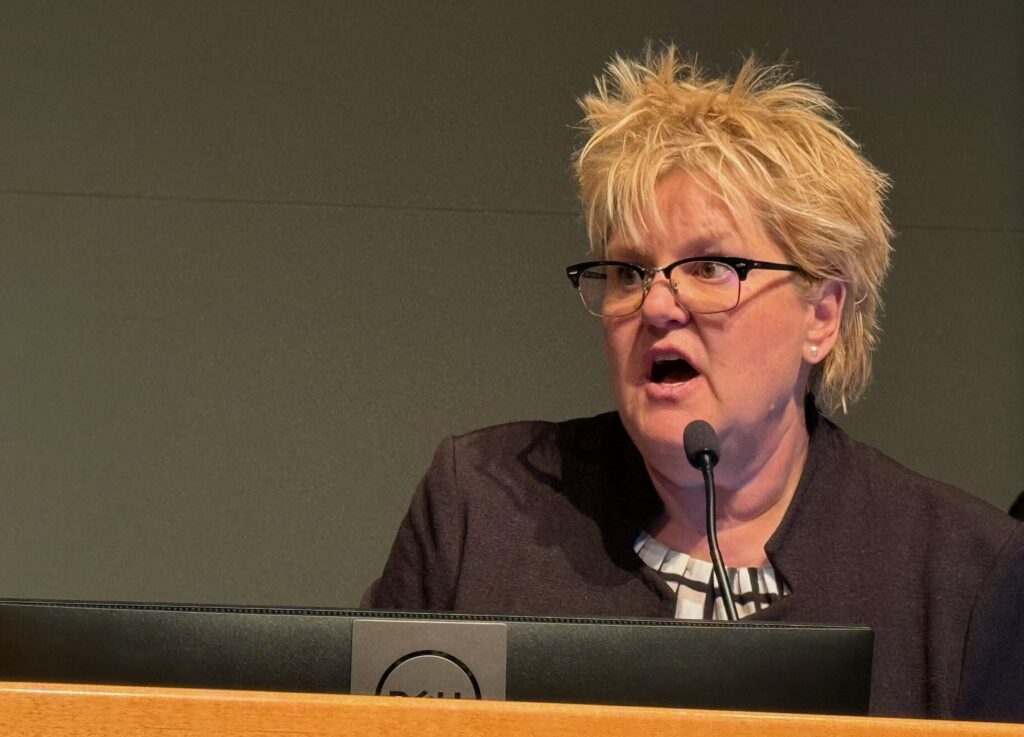YESTERYEAR: Romer takes on Union of Taxpayers’ chief over TABOR refunds
Thirty Years Ago this Week in The Colorado Statesman … On election night, 1987, incumbent Mayor Federico Peña went on to capture 79,674 votes for 51 percent of the total vote compared to challenger Don Bain’s 49 percent. The highlight (or lowlight) of the evening, was Peña’s sweltering downtown headquarters where 1,000 people crammed into the squat aluminum building, which, to the chagrin of many, had no windows or air-conditioning. There were, reportedly, several accounts of heat exhaustion.
Tom McCoy, press secretary for the Colorado Democratic Party, was stationed outside the building. “Better not go in there,” he gently warned a reporter, “it’s 2,000 degrees inside.”
… Twenty Years Ago … Colorado’s significant growth from 1996 to 1997 resulted in revenue that was higher than anticipated. The total dollar amount wasn’t certain in August but was estimated to be in the ballpark of $40-43 million. If refunded, it would have meant that each taxpayer would receive a $22.50 refund. Gov. Roy Romer, in his third term as the state’s chief executive, and Larry Lotito, president of the Colorado Union of Taxpayers, both wrote letters to The Colorado Statesman detailing the best use of the monies.
Romer argued in his column titled, “Better school buildings and roads – or $22.50 in your pocket,” that the future of Colorado was at stake, and the only reasonable course to take was one of investment.
“Many argue that we should simply return the $22.50, and that the voters already have spoken on this issue. But I hear over and over that, while our economy is strong, we should invest in our future and that we should take care of some of the costs of growth.”
Romer wrote that, since 1993, there had been 440 elections related to TABOR limits in cities, counties and school and special districts across Colorado. In 408 of those, voters chose 93 percent of the time to invest in unmet needs or special projects rather than receiving a small refund.
He proposed listening to this past demonstrated will of the voters and using the excess funds on hand instead for much-needed infrastructure projects.
“I think that would be much more valuable than having $22.50 returned to each taxpayer,” Romer concluded, urging the people of Colorado to invest the dollars in school buildings and transportation so that the high attractiveness, beauty and education levels of Colorado might be maintained.
Lotito’s counterpoint column was a scathing rebuke of those holding opinions like Romer’s.
“Their standard technique … is to minimize the amount – ‘it’s only $22.50 per taxpayer.’ But it’s not, it’s $43 million. And then of course they always bring the kiddies into it – in this case, the refund will cause Colorado’s children to be ‘packed into inadequate and unsafe schools.'”
Lotito agreed that there was, “… a backlog of over $2.5 billion of major repairs or new construction needed to get the state out of a ‘model-T’ classification.” But the problem didn’t start there, Lotito argued. There was a $2.5 billion backlog because of neglect from before Amendment 1.
It was because educators’ pay, benefits and retirement plans were raised to ‘Cadillac’ status – that was the problem, Lotito contended. And then when the Legislature passed HB97-1082, providing a 100 percent pension for educators and other public employees’ salaries when they retired at 65, all hell broke loose. This was the straw that broke the camel’s back because school districts alone were required to contribute 11.5 percent to these publicly-funded golden parachutes.
Even “at risk” child funding provided by the Legislature went toward these lofty retirement plans, salaries and benefits- ninety percent to be exact, Lolito grumbled. And, posing an example, only after “much pressure” did Jeffco R-1 give back “$150 to the schools where the kids are enrolled.”
Lotito ended in a passionate crescendo, “$22.50 isn’t much of a refund for taxpayers. But it works out to a $1,400 windfall for the members of the teachers unions.”
… Ten Years Ago … Lawyers, legislators and lobbyists gathered at the Colorado Automobile Dealers Association headquarters to celebrated the Denver District Court’s injunction against Amendment 41.
“Isn’t this a great night?” said Tim Jackson, executive director of CADA.
“And you don’t need a receipt tonight, folks!” added Bill Becker, Adams County Economic Development president, who also headed up the non-profit First Amendment Council, which had been instrumental in successfully winning the injunction.
The amendment, concerning standards of conduct in government, included a provision banning gifts to legislators of more than $50. Opponents argued that it had inadvertently also included more than 200,000 state employees who suddenly found themselves under Amendment 41’s constraints.
The Colorado Attorney General’s office argued, “the case is of imperative public importance. The amendment affects thousands of public officials and employees at all levels of government as well as lobbyists.”
Among the many concerned political and public policy professionals who testified in court was Ginny Buscek, a former Firestone planning commissioner, who said she felt forced to resign her government position because Amendment 41 prevented her kids from getting college scholarships.
After multiple suits against the Colorado Ethics Commission, in 2013 Secretary of State Scott Gessler filed another suit arguing that Amendment 41 was impermissibly vague and that the commissions’ hearing process violated due process.



